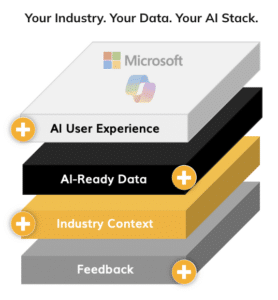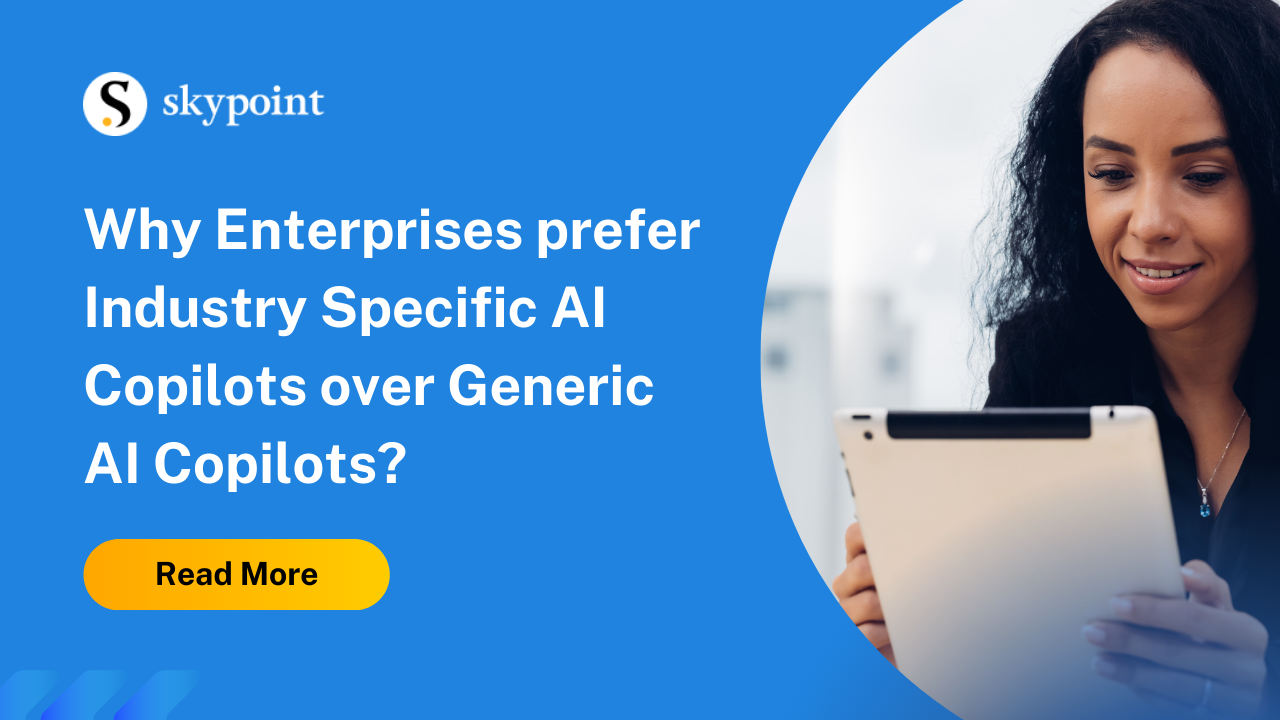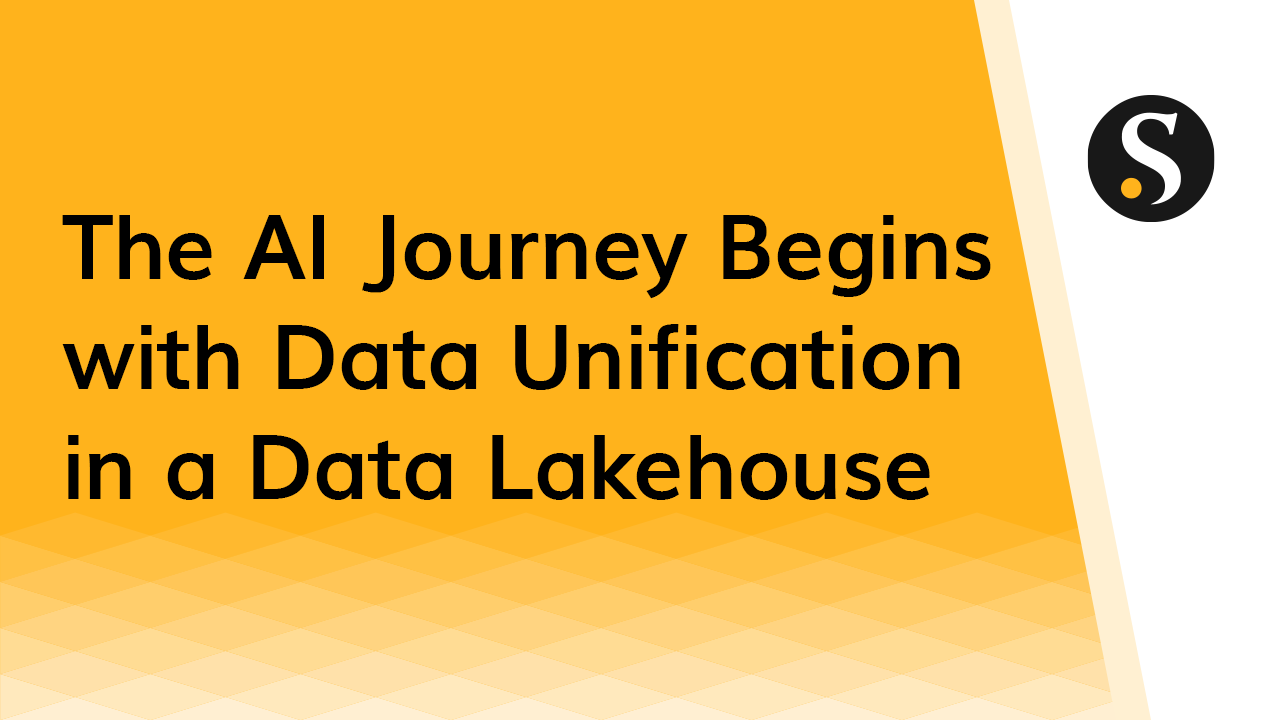AI is the new shiny toy that everybody wants to play with. But to even get Business Intelligence (BI) and this nice shiny AI on top of it, there are some critical steps to get your data AI ready.
As someone who has been navigating the intricate pathways of both AI and BI; You can’t simply toss your existing data into the AI mix and experience the magic. It requires preparation and understanding. Let’s dive into this journey, illustrating with real-life examples and practical steps.
Why Can’t I Just Load My Existing Data into AI?
Loading existing data directly into AI models without processing it first can lead to several challenges and potential pitfalls. Here are the key reasons why data needs to be processed before being used in AI models:
- Data Cleaning: Raw data often contains errors, inconsistencies, or missing values. These issues can significantly skew the results of an AI model. Data cleaning involves correcting or removing inaccurate records, filling in missing values, and ensuring consistency in the data, which is essential for the accuracy of AI predictions.
- Data Formatting and Structuring: AI models require data in a specific, structured format to process it effectively. Raw data might come in various formats and structures that are not compatible with AI algorithms. For example, converting text data into a numerical format is often necessary for machine learning models.
- Feature Selection and Engineering: Not all data points (features) in your existing dataset might be relevant to the problem you’re trying to solve with AI. Feature selection involves choosing the most relevant features. Additionally, feature engineering is the process of creating new features from the existing data to improve the model’s performance.
- Normalization and Scaling: AI models, especially those involving neural networks, are sensitive to the scale of the data. Data normalization (scaling all numeric features to a standard range) is crucial to ensure that no single feature dominates the model’s learning process due to its scale.
- Removing Redundancy and Noise: Datasets often contain redundant or irrelevant information (noise) that can degrade the performance of AI models. Data processing includes removing these unnecessary elements to streamline the dataset for more effective learning.
- Addressing Bias and Ethical Concerns: Directly using existing data can perpetuate existing biases. Data processing involves critically examining the data for biases and taking steps to mitigate them, ensuring that the AI model’s outputs are fair and ethical.
Raw data rarely meets the requirements for BI or AI analysis and in simple terms: Garbage In, Garbage Out. Without the proper processing your data just isn’t AI ready.
What is AI-Ready Data?
Before we dive into the process of preparing data for AI, let’s first understand the different types of data commonly used in AI applications:
- Structured Data: This type of data is highly organized and follows a strict format, typically residing in databases or spreadsheets. Examples include customer information, transaction records, and numerical data.
- Unstructured Data: Unstructured data is not organized in a predefined manner and can take various forms, such as text, images, audio, and video. Social media posts, pdfs, emails, and multimedia content are common examples.
- Semi-Structured Data: Semi-structured data falls between structured and unstructured data. It contains some level of organization but may not adhere to a rigid schema. Examples include JSON, XML, and log files.
AI-ready data refers to data that has been processed, cleaned, and structured in a way that makes it suitable for AI and machine learning applications. It is essential to ensure that the data meets certain criteria to be effectively utilized by data processes. Data cleanliness is of paramount importance in the realm of BI, data science and AI.
“Garbage in, garbage out.”
It is often encapsulated by my favorite saying, “garbage in, garbage out.” This succinct phrase underscores a fundamental truth: the quality of the input data directly determines the quality of the output. In other words, if the data used for analysis and modeling is tainted with errors, inaccuracies, or inconsistencies, the conclusions drawn, and predictions made will be equally flawed.
Clean data, on the other hand, serves as the bedrock for reliable and meaningful insights. It minimizes the risk of biased or erroneous outcomes, ensuring that AI systems can deliver the accurate, actionable intelligence that organizations rely on to make informed decisions and drive innovation. Whether in healthcare, finance, or any other field, data cleanliness stands as a non-negotiable prerequisite for unlocking the full potential of AI technologies.

The Purpose of Getting AI-Ready Data
Getting AI-ready is more than just a technological upgrade; it’s a strategic move towards innovation, efficiency, and a competitive advantage. AI has the potential to unlock new insights, automate complex processes, and drive informed decision-making. However, its success hinges on a solid foundation that supports these advanced technologies. This foundation is built on data – not just any data, but data that is accurate, relevant, and complete. Let’s delve deeper into the aspects of quality data:
- Accuracy: Accurate data ensures that AI algorithms make decisions based on factual and error-free information. This accuracy is vital in scenarios like medical diagnostics, financial forecasting, and personalized customer experiences.
- Relevance: The relevance of data speaks to its applicability to the problem at hand. Irrelevant data can lead AI astray, causing it to derive incorrect or useless insights.
- Completeness: Complete data provides a full picture, allowing AI to consider all variables and scenarios. Incomplete data can result in biased AI models that make suboptimal decisions.
Remember: Garbage In, Garbage Out.
How to Get Your Data Ready for AI
Now that we understand the importance of preparing data for AI, let’s explore the steps and techniques involved in making your data AI-ready. Data cleaning and preprocessing are fundamental steps in preparing your data for AI. This stage involves several subtasks:
1. Handling Missing Values
Missing data can significantly impact AI model performance. There are various strategies to handle missing values, including:
- Imputation: Replacing missing values with appropriate estimates (e.g., mean, median, mode).
- Deletion: Removing rows or columns with missing values (if data loss is acceptable).
- Advanced Techniques: Using machine learning algorithms to predict missing values.
2. Noise Reduction
Noise in data refers to irrelevant or random variations that can distort patterns and insights. Techniques for noise reduction include:
- Smoothing: Applying filters or averaging to reduce noise in time-series data.
- Outlier Detection and Removal: Identifying and eliminating data points that deviate significantly from the norm.
3. Data Normalization and Transformation
Normalization and transformation techniques are used to ensure that data falls within a consistent range and distribution. This controls data from being skewed by outliers or other statistical anomalies. Common methods include:
- Min-Max Scaling: Scaling data to a specific range, typically between 0 and 1.
- Standardization: Transforming data to have a mean of 0 and a standard deviation of 1.
- Logarithmic or Exponential Transformation: Modifying data to follow a specific distribution.
4. Feature Selection and Dimensionality Reduction
Not all features in your data may be relevant or useful for AI modeling. Feature selection and dimensionality reduction help in reducing the complexity of your data while retaining important information. Techniques include:
- Feature Ranking: Evaluating and ranking features based on their importance to the target variable.
- Principal Component Analysis (PCA): Reducing data dimensionality while preserving as much variance as possible.
5. Data Annotation and Labeling
AI models, particularly those based on supervised learning, rely heavily on data annotation and labeling. This process is vital for training the model to recognize patterns and make decisions based on the input data. The process involves adding meaningful tags or labels to the training data, which the AI model then uses as a reference to learn and make predictions. For example:
Image Recognition and Computer Vision:
-
- Object Detection: Labeling involves identifying and drawing bounding boxes around various objects in an image. For instance, in an image of a street scene, cars, pedestrians, and street signs are individually labeled.
- Semantic Segmentation: Each pixel in an image is labeled to denote the object it belongs to. This is particularly useful in medical imaging, where each pixel in an X-ray or MRI scan could be labeled to identify different types of tissues or anomalies.
Natural Language Processing (NLP):
-
- Sentiment Analysis: Text data, like reviews or social media posts, is labeled with sentiments such as positive, negative, or neutral.
- Named Entity Recognition (NER): In each text, specific entities like names of people, organizations, locations, etc., are identified and labeled.
Autonomous Vehicles:
Lidar and Sensor Data Annotation: Labeling objects, distances, and trajectories in data collected from Lidar and other sensors to train the vehicle in navigation and obstacle avoidance.
Medical AI:
-
- Diagnosis Annotation: Labeling medical images like X-rays or MRI scans with diagnoses, such as identifying tumors, fractures, or other medical conditions.
- Symptom Annotation: In text-based medical records, labeling symptoms, and diagnoses for training AI in diagnostic assistance.
Next Steps for AI-Ready Data
Making your data AI-ready is the first step towards transforming how you interact with and understand your business insights. At Skypoint, we believe that the ability to “Chat With Your Data” starts with AI-ready data.
This journey is more than a technical process; it’s about engaging in conversations with your data to unlock key insights and decisions. To guide you on this path, we offer a range of resources, user groups, and complimentary workshops. These sessions delve into the essentials to strengthen your overall understanding of how all these components come together, all facilitated by our team of seasoned data engineers and experts.
They’re not just informative; they’re a gateway to a community of knowledge and experience. When you’re ready to elevate your data to a level where it speaks volumes, where insights flow as easily as conversation, Skypoint is here to assist.
Let’s chat about your data’s potential and how we can help turn it into your most powerful asset for innovation and growth.











